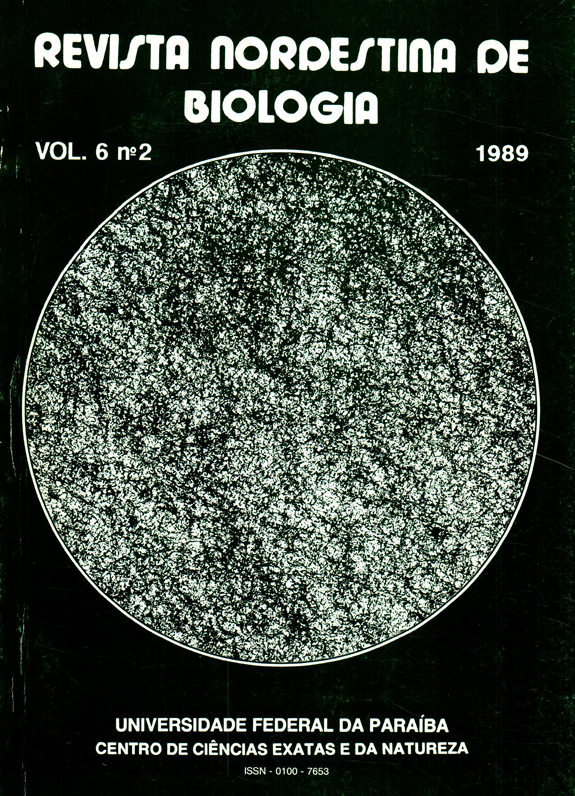ESTUDO ECOLÓGICO DE <i>ALOUATTA FUSCA</i> (PRIMATES: CEBIDAE) NA ESTAÇÃO BIOLÓGICA DE CARATINGA, MG.
Resumo
A study of the behavioural ecology of Alouatta fusca Ihering, 1914 was carried out between April 1983 and May 1984 in a 570 ha tract of Atlantic Forest located in the east of the State of Minas Gerais. In a census carried out in 110 ha, 129 individuals were recorded in 19 bisexual groups, population density wasestimated as being 1.17 individuals per hectare, with an average group size of 6.79 individuals. The daily activity patterns and ranging behaviour of an average-sized group were recorded throughout the year using scan sampling. On average, the group spent the same amount of time resting each day during both wet and dry seasons, although the animals devoted relatively more time to feeding, and less to travelling, during the dry season. This pattern appears to be a result of the lack of nutrient-rich foods, such as fruits, during the dry season, which indicates that the animals were following an energy-saving strategy. While leaves constituted the largest part of the group's diet during both seasons, the animals were not only more folivorous during the dry season, but spent more time feeding on mature leaves than they did in the wet season. Fruit constituted the second largest component of the group's diet, although their consumption during the dry season was again low. The relative lack of fruit and new leaves in the diet during the dry season appears to have been the result of their scarcity at this time of the year. The study group used a home range of 7.94 ha during the course of the year. The group's home range and average day range were smaller during the dry season than during the wet season, a pattern which appears to reflect seasonal differences in the abundance and distribution of resources. The group composition was relatively stable over the course of the study. The intrusion of a strange adult male, which greatly disturbed the resident animals, was observed. Besides this, interactions between group members were normally affiliative, with immature individuals generally engaging in play behaviours and adults in allo-grooming. The most frequent interactions between groups were the aggressive howling choruses which appear to play an important role in territorial defence.
Downloads
Não há dados estatísticos.
Downloads
Edição
Seção
Artigos
Licença
Os originais aceitos e publicados tornam-se propriedade da Revista Nordestina de Biologia, sendo vedada sua reprodução total ou parcial, sem a devida autorização da Comissão Editorial, exceto para uso de estudo e pesquisa, desde que citada a fonte.



